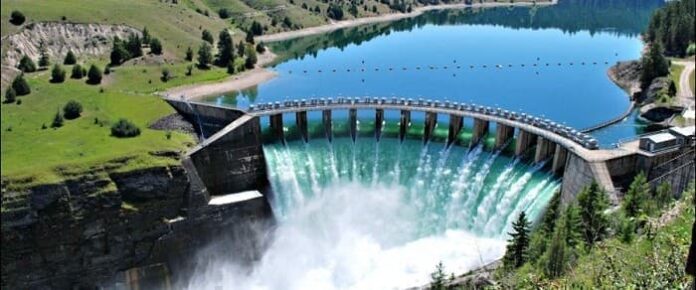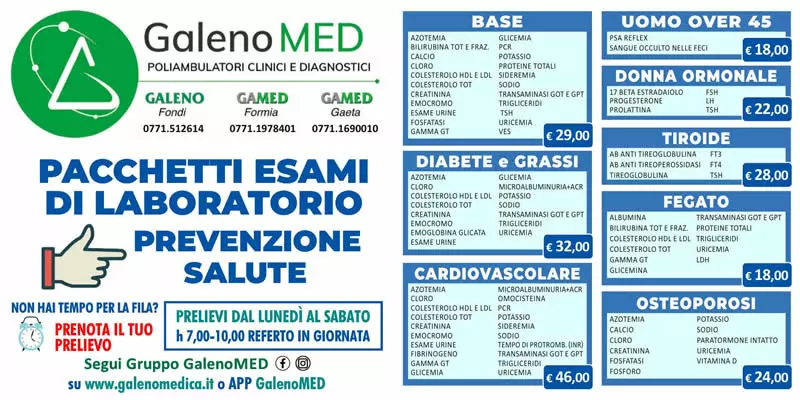For decades in Europe we have been building hydropower plants along our rivers, damaging one of the most precious resources for all life on earth: freshwater. The time has come to put an end to the expansion of hydropower before we wipe out entire ecosystems and all the services they provide to people and nature. New hydropower is of negligible benefit in transitioning to climate neutrality in the EU and its irreversible impacts on biodiversity, landscapes and water supplies can no longer be justified.
Green hydropower is a myth
There is no hydropower without serious consequences for freshwater ecosystems and water supply, both of which are already under threat. Only 40% of surface waters in the EU (rivers, lakes, wetlands, transitional and coastal waters) are in good ecological condition and populations of migratory freshwater fish species have plummeted by 93% in Europe since 1970.[1]
Building hydropower plants – whatever their type – has dramatic and negative consequences on rivers’ flow, fish migration, habitat loss, sediment transport and on erosion, to quote only its most direct impacts, and runs directly counter to the commitments expressed in the EU Biodiversity Strategy’s proposal to restore 25,000 km of free-flowing rivers. According to Jörg Freyhof, Regional Chair of the IUCN/WI Freshwater Fish Specialist Group, “dams completely change the ecosystem, turning a river into an artificial lake, and open the door for the invasion of alien species. It’s comparable to cutting down a rainforest in terms of the strong negative impact on biodiversity”.
A recent study on the effects of dams in the Mediterranean basin shows that hydropower, including small projects, is the most important driver of potential fish species extinction. The study states that “should hydroelectric expansion in the region go ahead as planned, 74% (186) out of all (251) threatened freshwater fish species will be negatively impacted, with 65% (163) set to decline due to small projects alone.”[2] Building a hydropower plant across a river is like suffocating it, sometimes to death. There is no sustainable hydropower, no green hydropower.
The benefits of new hydropower in europe are negligible
Hydropower’s contribution to the energy transition is negligible. Even if all of the 6,000+ hydropower plants planned in the EU (in addition to the 19,000+ existing ones) were built, the share of the EU electricity generation currently provided by hydropower would go from 10% to 11.2-13.9%.[3] And this contribution will become even less significant as we move to the near-full electrification through wind and solar – whether directly or indirectly – of sectors such as transport, heating and industry.
Hydropower has also lost its comparative financial advantage, as stricter regulations, land availability and growing recognition of its serious environmental impacts are increasing costs, while the costs of alternatives such as solar, wind and various forms of energy storage are dropping rapidly.[4] The potential of hydropower to contribute to mitigating climate change is also limited. Life-cycle carbon emissions are generally underestimated, as the emissions from building the plants and from methane emissions are typically disregarded.[5] In addition, water scarcity could reduce overall hydropower production in Europe[6], while river fragmentation created by hydropower plants reduces the ability of rivers to cope with droughts or floods, with negative impacts on climate adaptation.
Small is not beautiful
91% of existing and planned plants in Europe are small, meaning they produce less than 10 MW[7], and yet do and will have dramatic environmental impacts. As noted by the Regional Strategy for Sustainable Hydropower in Western Balkans commissioned by the European Commission (2018), “…the contribution of small hydropower plants of a capacity 10 MW or less to the global energy production is extremely limited while their impacts on the environment are disproportionately severe.”
Despite this, small plants continue to benefit significantly from public finance. In 2016-2017, EU Member States gave more than 4.2 billion euros of public support to hydropower projects, mostly in the form of feed-in tariffs and premiums, but also through green certificates and investment grants, with the blessing of the European Commission[8]. In 2018, 70% of renewable energy support in the Western Balkans went to small-scale hydropower, which generated only 3.6% of total electricity supply.[9]
The energy transition and nature protection must go hand in hand
The climate and biodiversity crises must be tackled together. And in many ways require the same action to be taken. We cannot stop runaway climate change – something that would itself be catastrophic for much of life on Earth – without protecting and restoring natural ecosystems. Equally, we cannot have a sustainable energy transition that is oblivious to nature. Climate and nature protection must be addressed in tandem if we are to provide a sustainable future for our planet and for human societies.
There is therefore no point building a hydropower plant to supply to a community with electricity if the same plant deprives that community of its source of subsistence and well-being: a healthy river which provides drinking water, cools the towns or cities on its banks, enables crops to be grown, supports IT servers and industrial processes and enables people to fish and swim in its waters or to walk along its course.
The development of new hydropower must stop
We call on the EU institutions to stop supporting the construction of new hydropower plants:
- Public finance for new hydropower needs to stop. In light of the commitments in the European Green Deal, public subsidies and loans that are harmful to biodiversity and nature protection are unacceptable. In particular, hydropower – including small hydropower – should no longer be eligible for State Aid, and EU financial institutions should no longer finance new hydropower projects in any way.
- Public finance for hydropower should be redirected to the retrofitting of existing plants; to the removal of obsolete dams; and to investment in lower-impact alternatives such as solar and wind power, combined with energy efficiency, demand side response and the many forms of energy storage.
[1] IUCN, WFMF, WWF, TNC, ZSL, The Living Planet Index (LPI) for migratory freshwater fish, 2020.
[2] Freyhof Jörg, Bergner Laura, Ford Matthew, Threatened Freshwater Fishes of the Mediterranean Basin Biodiversity Hotspot, 2020.
[4] IRENA, Renewable power generation costs in 2018, 2019.
[5] Recent studies suggest that methane emissions from reservoirs even in temperate climates could the range of emissions previously reported for tropical reservoirs. Maeck, A. et al., Sediment Trapping by Dams Creates Methane Emission Hot Spots (2013).
[6] IPCC, Emission Scenarios, 2000
[7] EuroNatur, GEOTA, RiverWatch, WWF, Hydropower pressure on European rivers: The story in numbers, 2019.
[8] Extracted from: CEER, Status Review of Renewable Support Schemes in Europe for 2016 and 2017, 2018.
[9] Bankwatch, Euronatur, RiverWatch, WWF, Western Balkans hydropower: Who pays, who profits?, 2019













